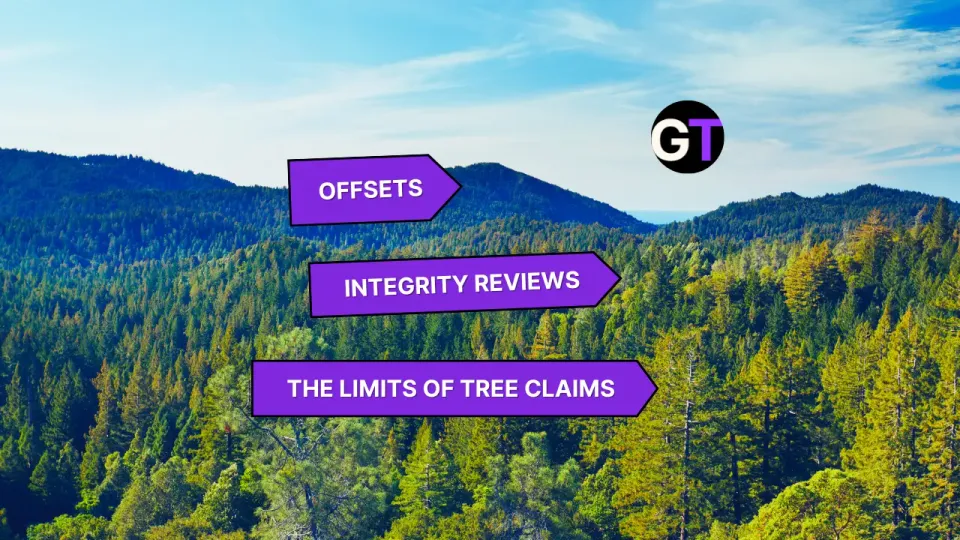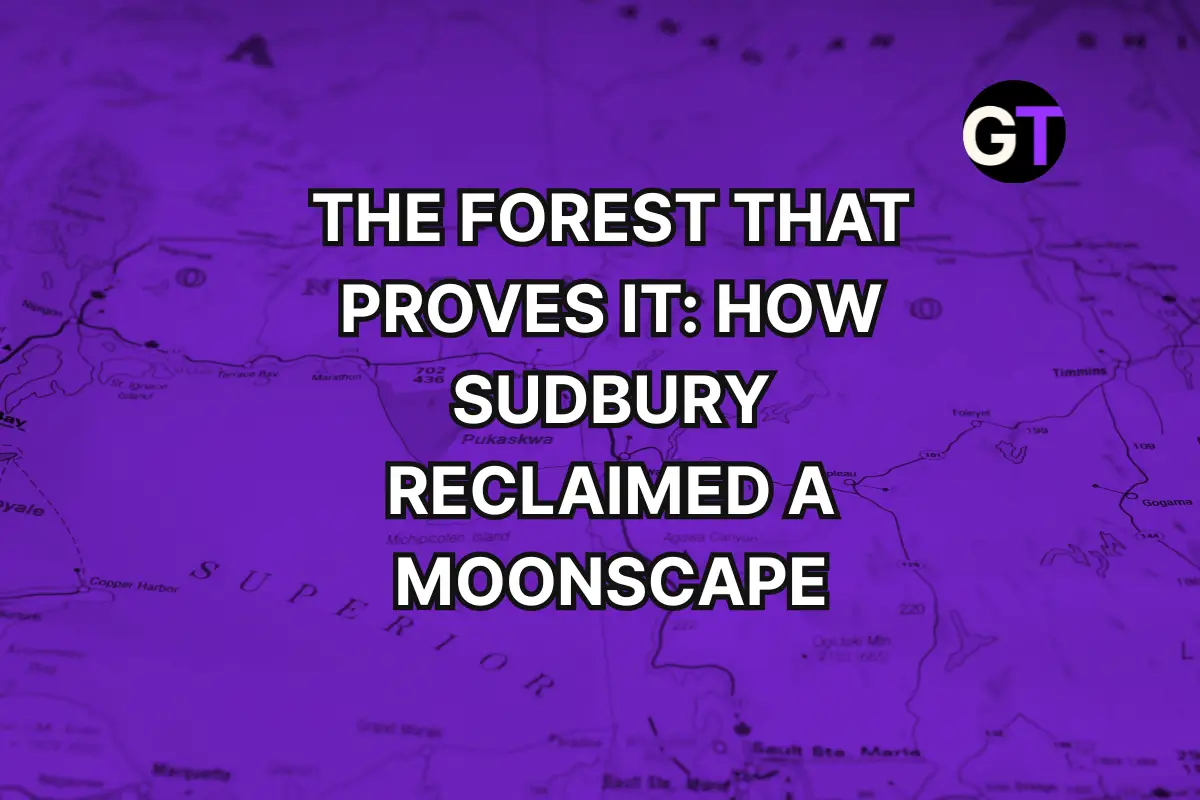Weekly Forest News, March 28
Forests, finance, and future fixes: from boreal regen hacks to seed shortages, biodiversity credits, and billion-dollar reforestation bets.

What 18 Years of Regeneration Tell Us About Boreal Forest Management
A long-term silvicultural experiment in Quebec’s black spruce forests just dropped some serious insights—and spoiler: clearcutting might be overrated. Across six sites and five harvesting methods, mini-strip shelterwood came out swinging, packing in up to 50,000 seedlings per hectare while balancing regeneration density with growth potential. Meanwhile, clearcuts delivered taller trees but far fewer of them, and ericaceous shrubs like Kalmia showed up like uninvited guests, stunting black spruce in their wake. With mineral soil exposure, scarification, and moss cover (Polytrichum fans, rise up) proving key to seedling success, this 18-year study makes the case for partial harvests that are as ecological as they are strategic.
As climate shifts and biodiversity loss mount, are shelterwood systems the future-proof answer to boreal restoration? Or do we still need to rethink the regeneration game from the forest floor up?
👉👉 Read more in Science Direct
This Week in Forest Finance: Big Bets, Bigger Trees, and the Billion-Dollar Carbon Hustle
From a $300M plantation fund with sky-high sequestration dreams to the return of the Disaster Reforestation Act, forest finance is having quite the moment. This week’s roundup tracks Brazil’s restoration startup surge, Ghana’s $25B climate gamble, and Ecosia’s delightfully transparent reforestation receipts. Also on deck: Australia gets its first official nature credit method, the UK sets new standards to de-fuzz the greenwashing frontier, and NatureTech drops a 1,000-startup directory of every tool you never knew you needed for reforestation MRV. In short: money, methods, markets—and a whole lot of questions about how to make nature finance actually... work.
Can carbon markets really grow roots—or are we just landscaping the ledger?
👉👉 Read our weekly column in Ground Truth
From Buzzword to Baseline: Making Biodiversity the Main Character in Forest Restoration
Let’s be real: for decades, biodiversity has been the wallflower at the forest restoration dance—always invited, rarely prioritized. But that’s changing fast. A new review from Nature Reviews Biodiversity unpacks the tangled web of current forest restoration practices, showing why simply “planting more trees” isn’t the mic drop moment we thought it was. Spoiler alert: monoculture plantations aren’t doing nature any favors. Real biodiversity gains hinge on smarter strategies—think natural regeneration, diverse planting stock, and yes, monitoring more than just tree survival. With biodiversity credit markets on the rise and new tech making monitoring less painful, we’ve got the tools to move beyond buzzwords and bake biodiversity into the DNA of restoration.
So—should biodiversity be a side effect of reforestation, or the main event? And can the promise of biodiversity credits finally fund forests that are actually alive?
👉👉 Read more in Nature
5 Million Trees, 1 Big Climate Bet: The Philippines Launches ‘Forests for Life’ Reforestation Drive
The Philippines is digging in—literally—with the DENR’s new Forests for Life campaign, which aims to plant five million trees across six provinces by 2028. Framed as both climate armor and biodiversity booster, the initiative targets 3.5 million tons of carbon sequestration by 2038 while fortifying flood-prone watersheds and restoring degraded lands. From dipterocarps to coastal greenbelts, the program’s got roots—and reach. Backed by the Expanded National Greening Program, the rollout includes seedling production, site mobilization, and a full-on call to arms for local governments, civil society, and the private sector. Because when 2,000 barangays are at climate risk, tree-planting isn’t just feel-good—it’s survival strategy.
Will this top-down meets grassroots reforestation push redefine resilience—or just repackage old green goals with a shiny new deadline?
Read more in Daily Tribune
Five Golden Rules to Save Nature Markets from Themselves
Nature markets are having a moment—but not necessarily for the right reasons. A new preprint from zu Ermgassen et al. slices through the hype, offering five "golden rules" that any credible market for biodiversity or carbon offsets must follow to actually benefit nature. Spoiler: most existing markets flunk the test. Whether it’s shaky metrics, phantom additionality, or the policy equivalent of a wink and a nudge on enforcement, these markets too often miss the ecological mark. Drawing on two decades of global research, the authors present a checklist for policymakers, investors, and watchdogs who want nature markets that actually... you know, work. It's a not-so-gentle reminder that if your carbon credit is built on a statistical mirage or your biodiversity gain exists only on paper, you're not offsetting anything—you're just greenwashing with extra steps.
With nature finance scaling fast, is it time to shift from "more markets" to "better markets"? Or are we just building a high-speed train to the wrong destination?
👉👉 Read the preprint in the Center for Open Science
Beyond Pines and Prayers: Rethinking Reforestation in Colorado’s Burned Forests
Two decades after the Hayman Fire turned swaths of Colorado into ashy wasteland, much of the landscape still looks like it belongs on the moon—not in the Rockies. Enter Camille Stevens-Rumann, reforestation rebel and assistant director at the Colorado Forest Restoration Institute, who says it’s time to quit pretending old tree-planting playbooks still work in a climate-changed West. Her bold idea? Stop trying to replant what was, and start thinking about what could survive. That means new species, new strategies, and a new vision for Colorado’s forests—because the pines of the past aren’t coming back on their own.
As wildfires grow fiercer and forests struggle to recover, is it time to redesign nature—or just get better at listening to it?
👉👉 Read more in NPR News
Nature-Based Solutions Are Having a Moment—But Are They Solving the Right Problems?
Nature-based Solutions (NbS) have become the eco-strategy du jour, promising to heal our climate, patch up biodiversity loss, and even make cities a bit more breathable. But a sweeping review of 30+ years of research says... not so fast. While NbS are booming in theory and funding (hello, Horizon Europe), the real-world science is still heavily skewed toward forests and floods, with barely a nod to the basics—like food, water, livelihoods, or health. The authors call out this imbalance and offer six research pathways to get NbS back on track. Because if NbS are going to save the world, they’ve got to show up for all of it—not just the parts that fit neatly into a carbon offset report.
So, are we planting the right trees in the right places—or just watering the same old research roots?
👉👉 Read more in Nature
The Great Tree Seed Shortage: Why the World’s Reforestation Dreams Are Running on Empty
It turns out planting billions of trees isn’t the hard part—it’s finding the seeds. A new report from the UN FAO has sounded the alarm: the world is running low on high-quality tree seeds, and that’s putting global reforestation targets on shaky ground. Despite 70% of countries having seed programs, most lack the scale, funding, or tech to meet demand. Add climate stress, outdated orchards, and low genetic diversity, and you’ve got a seed crisis sprouting in slow motion. With only 1% of tree species in breeding programs and many nations still relying on wild collection or imports, the future forest looks a little… patchy.
If the climate clock is ticking, can we reboot tree seed systems fast enough to keep reforestation plans rooted in reality?
👉👉 Read more in Down to Earth

Edited by Chris Harris

This work is licensed under a
Creative Commons Attribution 4.0 International License.





